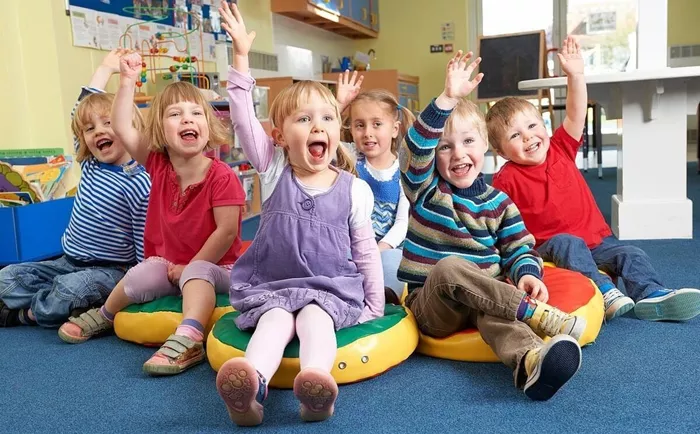When young children start school or daycare, separation from parents and new sounds can cause stress and tears. Researchers wonder if room design can ease these worries.
In Japan, most classrooms lack sound-absorbing features. Ikuri Matsuoka, a master’s student at Kumamoto University, aims to raise awareness about classroom acoustics. There are currently no acoustic standards for Japanese preschools.
Preschoolers developing speech struggle to hear in noisy rooms. Loud echoes can confuse them and make them speak louder, increasing stress.
Matsuoka explains that first-time preschoolers often feel stressed because talking is hard in noisy spaces. This study tested if sound-absorbing materials could help.
The experiment added polyester fiberboard to one classroom ceiling to absorb sound. Another classroom remained unchanged for comparison.
Matsuoka will present the study results at the Acoustical Society of America meeting on May 23.
The study used video and audio to measure noise and count crying incidents. After six months, children were louder in the untreated room.
Teachers noticed the difference. Three out of four said the echo changed. A veteran teacher with 25 years’ experience felt it was easier to talk to the children.
To enhance analysis, Matsuoka and their professor applied AI and machine learning to detect crying automatically. This reduces the need for manual data review.
This AI approach will also be presented at the conference on May 23.
Matsuoka hopes the research highlights the need for better classroom acoustics. Reducing echo can lower noise, ease stress, and help children communicate more clearly.


